I personally prefer just using digits 1 through 5 to take care of your baby’s scalp. It may also start on the face or diaper area and.
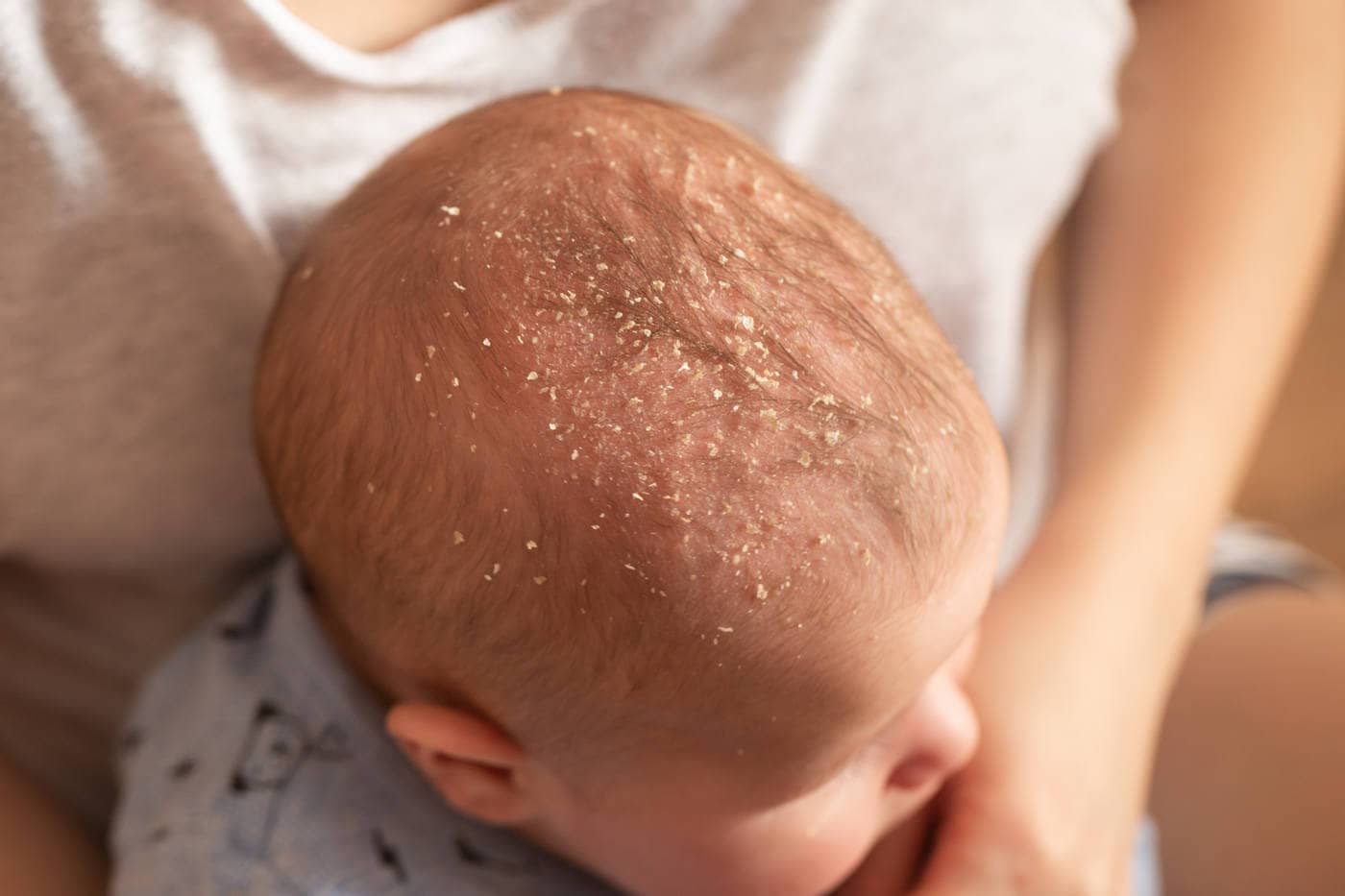
Cradle Cap Causes Symptoms And Treatments Johnsons Baby Arabia
It’s likely to clear up on its own within weeks or months, or by the time your little one is about one year old.

How do babies develop cradle cap. It’s likely to clear up on its own within weeks or months, or by the time your little one is about one year old. How long does cradle cap last? Cradle cap or dandruff baby cradle cap or dandruff.
Cradle cap is not usually itchy and causes no discomfort to your baby. Cradle cap is thought to be caused by overactive oil glands. There hasn’t been a single reason established as to how cradle cap starts.
In the nappy area the baby’s bottom may look red, inflamed and flaky. Cradle cap is not itchy or painful and does not bother your baby. Cradle cap (infant seborrheic dermatitis, or isd) is a harmless skin condition that appears as yellow scaly patches surrounded by a red rash on the scalp of babies.
It’s also thought that malassezia, a yeast that can be present on your baby’s skin, may trigger a reaction that contributes to the development of cradle cap. It can appear on other parts of the body, like the eyebrows, nose and nappy area. Gently wash these areas with baby shampoo once a day.
About 7 out of 10 babies develop cradle cap between two and six weeks of birth. How long does cradle cap last? It is normal for babies to develop cradle cap on their face, neck, underarms, and diaper area.
The crusts can flake and make the skin look red. In some cases, this condition can return as dandruff when your child hits puberty. (harding 2016a, nhs 2017a, nice 2013).
The patches are not itchy or painful. Babies can develop seborrheic dermatitis when they're between 2 weeks and 12 months old. Treatment in these areas is similar to that for the top of the head.
Extensive cradle cap can also be a marker for a baby developing atopic eczema, especially if there is a family history of atopy. It cannot be caught from another baby. So, leaving your baby’s face and hair unwashed will slow recovery.
Both skin conditions affect babies and can cause unsightly patches of dry skin on the scalp. What cause cradle cap in babies? It is more common for a baby to develop cradle cap over dandruff, as 50% of babies under one year have experienced it.
Your baby is most likely to develop cradle cap between 2 weeks old and 12 months old. It's not clear what causes cradle cap. The appearance of cradle cap can vary from thick white to yellow, crusty or oily scaly patches on a baby’s scalp.
Searching amazon or going to the baby aisle will reveal a plethora of cradle cap brushes and scale removal products. Cradle cap is not contagious and it is not caused by poor hygiene. If the areas are crusty, mineral oil applied a few hours before bathing can help loosen this buildup of cradle cap.
Cradle cap usually clears up on its own within a few weeks or months, without the need for any specialised medical treatment. Cradle cap happens when the skin on your baby’s scalp makes too much oil, called sebum. You can add this to the above technique instead of massaging with your fingers.
Neither one is caused by a lack of cleanliness. A baby with cradle cap will have slightly red scaly or crusty yellow patches on the scalp. Baby eczema, on the other hand, can affect any part of the body—including the same areas as cradle cap (i.e., scalp, face, behind the ears, etc.) plus just about anywhere else on baby’s body with a prevalence to develop on the inner joints of.
In some cases, this condition can return as dandruff when your child hits puberty. Baby cradle cap is caused by the sebaceous glands secreting a greasy material that causes old skin cells to adhere to the scalp area, which is why cradle cap newborns develop it, and this skin condition happens. These hormones could make the sebaceous glands too active leading to production of excess sebum.
If so, you'll notice greasy, yellow or brown scales appearing on her scalp, and the area may also look a bit red. It is more common for a baby to develop cradle cap over dandruff, as 50% of babies under one year have experienced it. For some babies, cradle cap is caused by the fact that some hormones from their mothers’ body are retained for a number of weeks which could go up to several months.
Still, the following treatments for cradle cap can help slow or prevent the. Neither one is caused by a lack of cleanliness. Once the glands have calmed, the.
It usually starts with cradle cap. Some people swear by them. Your baby is most likely to develop cradle cap in the first few months after the birth.
Your baby is most likely to develop cradle cap between 2 weeks old and 12 months old.
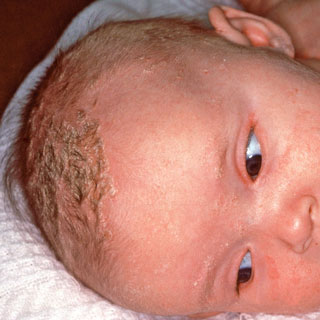
Cradle Cap - Akshar Pediatrics
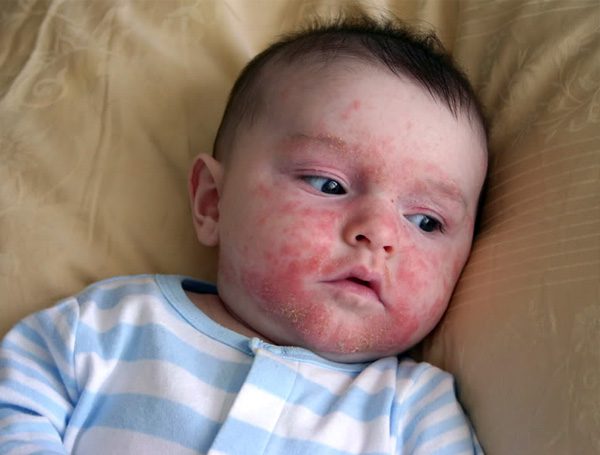
Signs And Treatment Of Cradle Cap In Babies - Ifmch - Bridging The Gap

How To Get Rid Of Eczema Cradle Cap On Newborn Scalp Fast Bubs Bee - Youtube
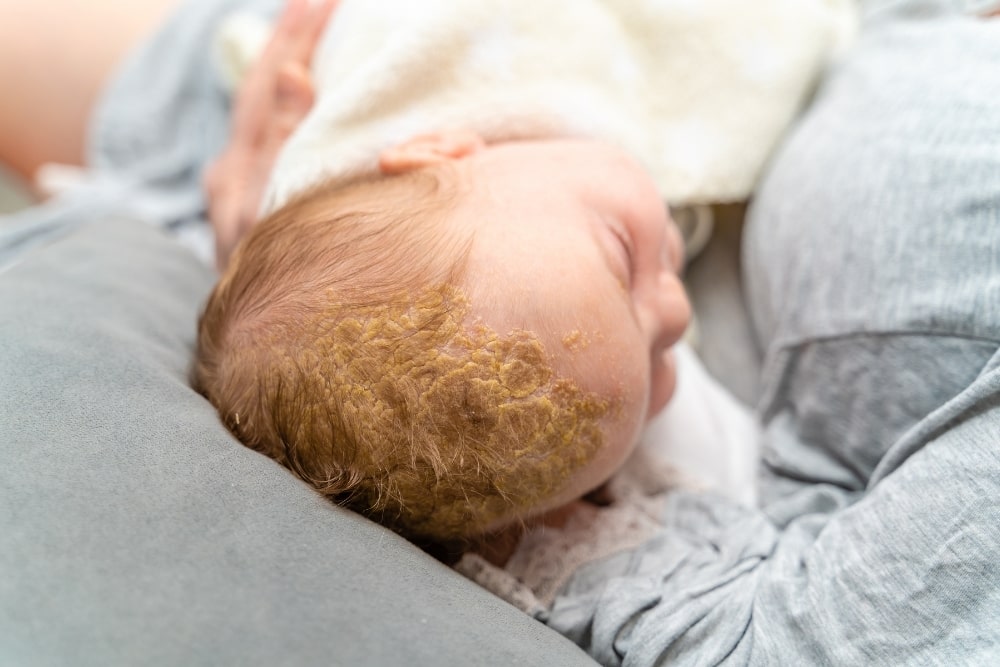
Does Cradle Cap Smell Why Does My Babies Head Smell So Bad

Babys Dry Scalp Treatments And Causes
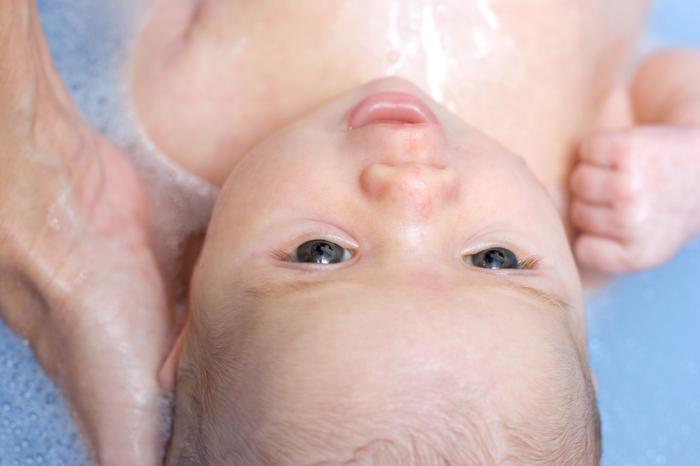
Cradle Cap Treatment Causes And Prevention
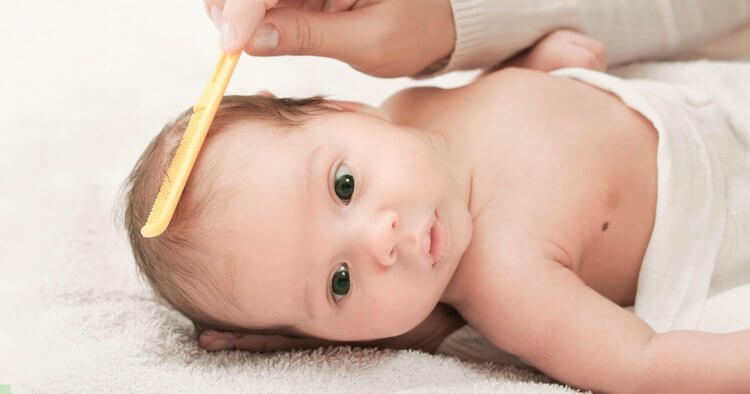
How To Get Rid Of Cradle Cap 5 Natural Treatments - Mama Natural

Cradle Cap And Baby Baby Cradle Cap Cradle Cap Baby Brush
Cradle Cap What It Is Where Does It Occur How Do You Treat It T Is For Tame

Pin On Children
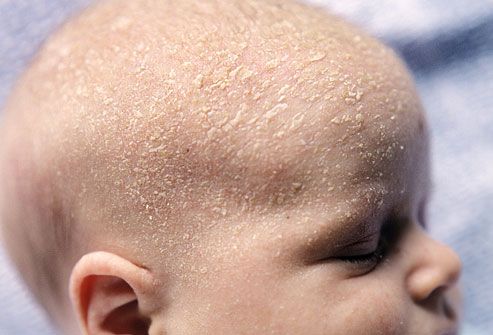
Picture Of Cradle Cap

Cradle Cap Causes Prevention And The 10 Best Treatment Methods Mustela Usa
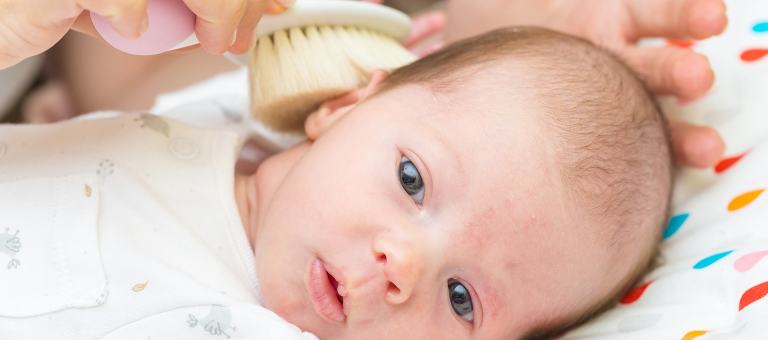
Cradle Cap Causes And Treatment Pampers
What You Need To Know About Newborn Cradle Cap
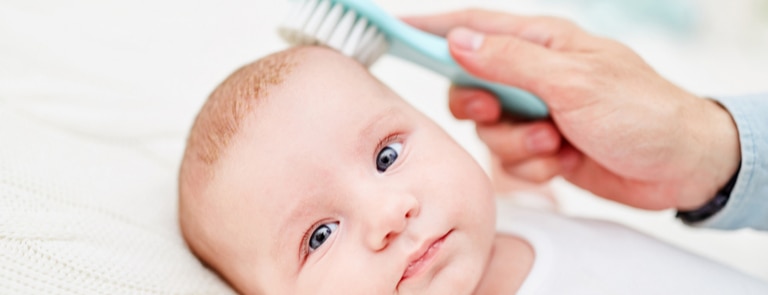
What Is Cradle Cap How Can I Get Rid Of It Childrens Health Holland Barrett

How To Get Rid Of Cradle Cap Natural Remedy Recipe Cradle Cap Baby Cradle Cap Cradle Cap Remedies Baby
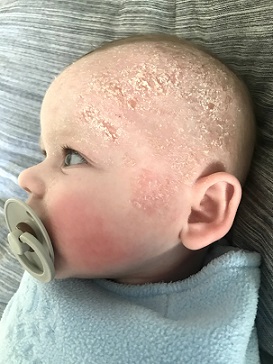
4 Ways To Improve Cradle Cap In Babies The New Mommie Blog
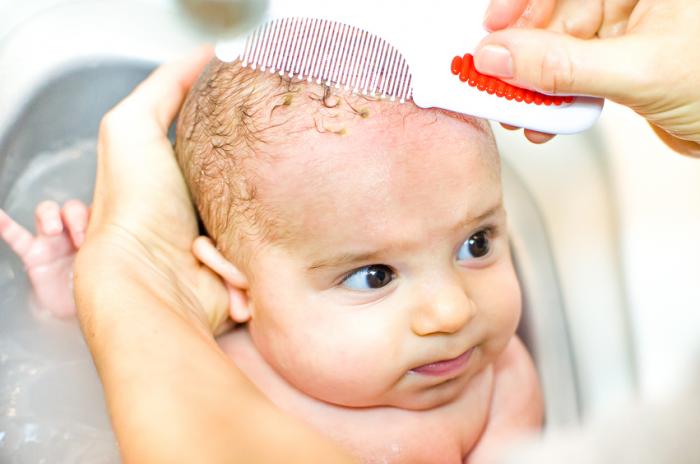
Cradle Cap Treatment Causes And Prevention
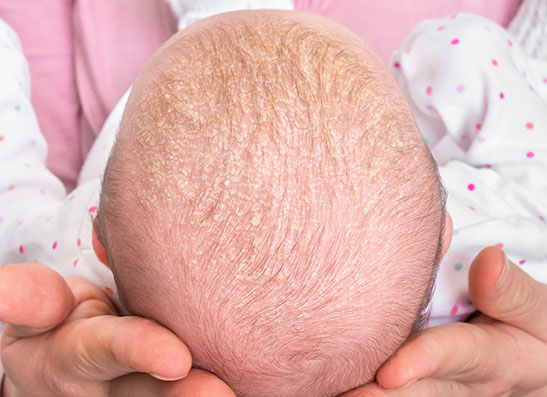
Cradle Cap Treatment Babies Raising Children Network
